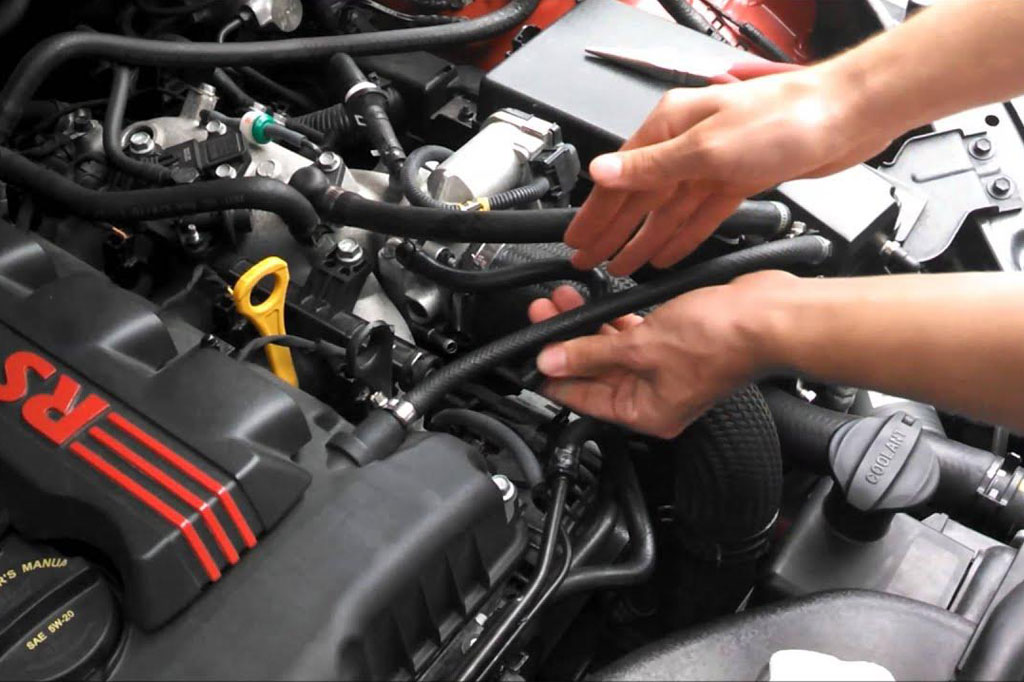Fuel system failures in vehicles can lead to reduced performance, unexpected breakdowns, and even safety hazards. Many of these issues stem from the fuel delivery components, including hoses, fittings, and connectors.
One of the most effective ways to prevent fuel system failures is by using PTFE fuel hoses.
This article explores how PTFE fuel hoses help maintain fuel system integrity and offers practical tips for avoiding common problems.
Understanding Fuel System Failures
Fuel system failures can manifest in several ways:
- Leaks and seepage: Damaged or deteriorated hoses allow fuel to escape, posing fire risks and reducing efficiency.
- Clogging and contamination: Impurities in the fuel or debris from deteriorating hoses can block fuel injectors or filters.
- Pressure loss: Flexible or poorly reinforced hoses may expand or collapse under pressure, reducing fuel flow and engine performance.
- Chemical degradation: Many fuels, especially ethanol blends, can degrade conventional rubber hoses over time.
Each of these issues can compromise the safety and reliability of a vehicle if not addressed.
Why PTFE Fuel Hoses Are Effective
PTFE fuel lines offer unique advantages that make them ideal for preventing fuel system failures:
- Chemical Resistance: PTFE is highly resistant to gasoline, diesel, ethanol blends, and even aggressive additives, preventing corrosion or swelling.
- High-Temperature Tolerance: PTFE hoses can withstand extreme engine temperatures without degrading, unlike conventional rubber hoses.
- Low Permeability: Fuel vapors are less likely to escape through PTFE hoses, which helps maintain system pressure and reduces emissions.
- Durability Under Vibration: PTFE hoses maintain shape and flexibility under vibration and pressure fluctuations, common in automotive environments.
- Smooth Inner Surface: PTFE’s low-friction surface minimizes fuel flow restrictions and prevents deposits from accumulating, reducing clogging risks.
Tips for Avoiding Fuel System Failures with PTFE Fuel Hoses
1. Select the Right Hose Size and Type
Ensure the hose diameter and wall thickness match the manufacturer’s specifications. Reinforced PTFE fuel hoses with stainless steel braiding offer additional strength in high-pressure systems.
2. Use Appropriate Fittings
Pair PTFE hose line with compatible fittings designed for high temperatures and pressures. Incorrect or incompatible fittings can lead to leaks and hose failure.
3. Regular Inspection and Maintenance
Even PTFE hoses can be damaged over time. Check for signs of abrasion, kinks, or improper routing that may cause stress points. Replace any hose showing wear immediately.
4. Avoid Sharp Bends and Twists
PTFE hoses are flexible but have limits. Maintain gentle curves and avoid twisting the hose during installation. Use proper clamps to secure hoses without crushing them.
5. Keep Hoses Clean
Fuel residues and environmental debris can compromise hose performance. Regularly clean the exterior and ensure the connections remain free of dirt and grime.
6. Match Hoses to Application
Not all PTFE hoses are equal. High-performance or racing applications may require multilayer PTFE hoses with specific braiding or reinforcement to handle elevated pressures and vibrations.





